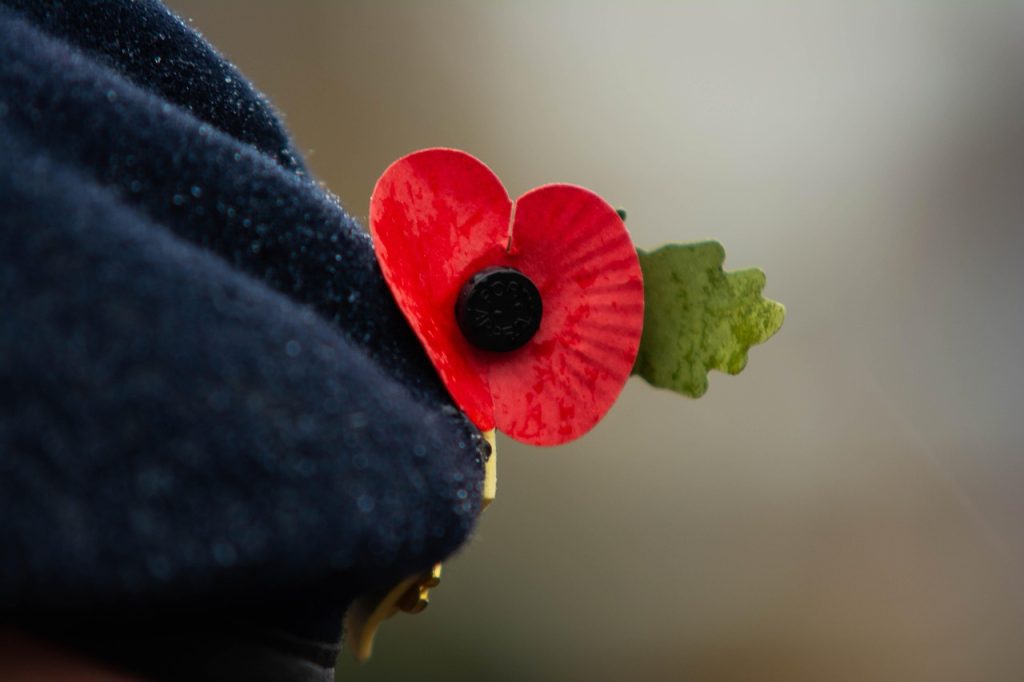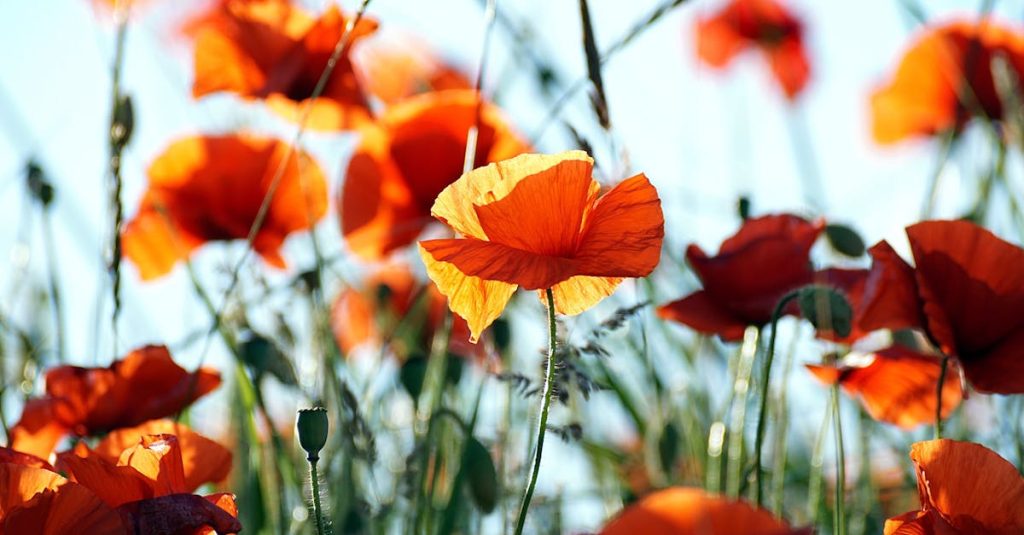
Every year on November 11, people around the world pause to remember the brave men and women who have served in wars and peacekeeping missions. We wear red poppies, observe moments of silence, and attend ceremonies to show our respect. But did you know there’s more to Remembrance Day than meets the eye?
Here are 10 unusual and lesser-known facts about Remembrance Day that go beyond the usual stories 🌺
1. Remembrance Day was once celebrated with sports and parties
In the early years (before 1931), Canadians often marked Armistice Day alongside Thanksgiving, and it was sometimes treated like a festive holiday rather than a solemn one. People took part in parades, sports events, dances, and community gatherings to mark the end of the war and the return of peace.
2. The first poppies weren’t red cloth
When the poppy campaign began in 1921, they were made of silk and cotton, not plastic. Today’s poppies are usually felt or paper, depending on the country.
3. The moment of silence started in South Africa
Before it became a worldwide custom, the first two-minute silence was observed in Cape Town. Sir Percy FitzPatrick and Mayor Sir Harry Hands organized the first two-minute silence in the city on May 14, 1918, to honour those who died in World War I. The idea spread across the British Empire, and King George V instituted it for Armistice Day in 1919.
4. The poppy was almost a different flower
Some early remembrance groups considered using the forget-me-not as the symbol of remembrance. Its name and delicate blue petals represented enduring memory and love for the fallen. However, the red poppy, inspired by the poem In Flanders Fields by John McCrae, soon became the more widely recognized emblem. The poppy’s association with the battlefields of Europe and the efforts of the Royal British Legion helped it become the universal symbol of remembrance across the Commonwealth.
5. A poppy once traveled to space
In 2014, Canadian astronaut, Chris Hadfield, took a poppy pin to the International Space Station for Remembrance Day. This gesture symbolized honouring soldiers from space, extending the tradition of remembrance beyond Earth and highlighting its universal message of peace and gratitude.
6. Remembrance Day ceremonies happened underwater
Scuba divers in Australia and Canada have held underwater services, placing waterproof poppy wreaths on sunken warships. These ceremonies honour naval personnel who lost their lives at sea, creating a powerful and unique tribute beneath the waves.
7. Poppies have regional variations
In Canada, people pin them with a straight pin. In the UK, the poppy often has a black center, a paper leaf, and a green stem — a small but meaningful cultural difference.
8. Animals wear poppies too
In the UK, police and military working dogs sometimes wear special poppy-shaped tags on their collars during ceremonies.
9. Some countries mark it at a different time
The U.S. observes Veterans Day on the same date, but ANZAC Day in Australia and New Zealand (April 25) serves a similar purpose — remembrance of those who served in wars.
10. Millions of poppies are recycled
In the UK and Canada, you can return used poppies after November 11. They are then reused or recycled, part of an eco-friendly remembrance initiative.
Remembrance Day is more than just a date on the calendar — it’s a powerful reminder of courage, sacrifice, and hope. From red poppies growing in battlefields to moments of silence around the world, every tradition helps us remember those who gave up so much for our freedom. As we honour their memory, we also need to value peace and to never forget the lessons of the past.
May these Remembrance Day facts inspire reflection and understanding.
